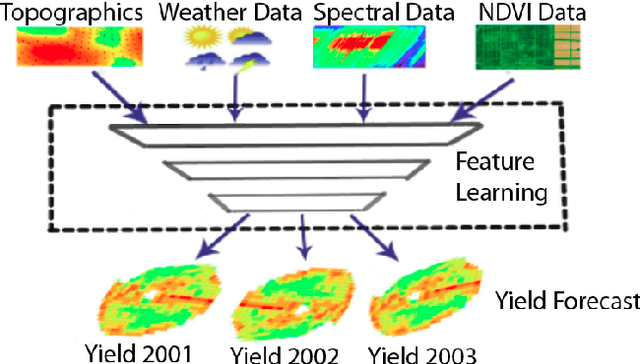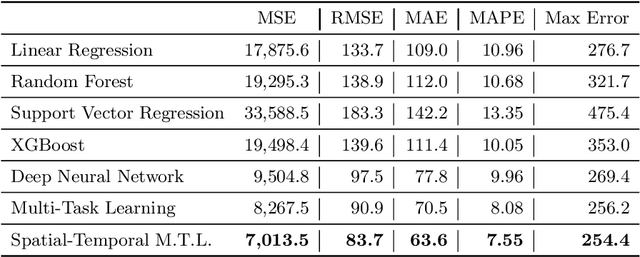Hanxiang Du
Automatic deductive coding in discourse analysis: an application of large language models in learning analytics
Oct 02, 2024



Abstract:Deductive coding is a common discourse analysis method widely used by learning science and learning analytics researchers for understanding teaching and learning interactions. It often requires researchers to manually label all discourses to be analyzed according to a theoretically guided coding scheme, which is time-consuming and labor-intensive. The emergence of large language models such as GPT has opened a new avenue for automatic deductive coding to overcome the limitations of traditional deductive coding. To evaluate the usefulness of large language models in automatic deductive coding, we employed three different classification methods driven by different artificial intelligence technologies, including the traditional text classification method with text feature engineering, BERT-like pretrained language model and GPT-like pretrained large language model (LLM). We applied these methods to two different datasets and explored the potential of GPT and prompt engineering in automatic deductive coding. By analyzing and comparing the accuracy and Kappa values of these three classification methods, we found that GPT with prompt engineering outperformed the other two methods on both datasets with limited number of training samples. By providing detailed prompt structures, the reported work demonstrated how large language models can be used in the implementation of automatic deductive coding.
Spatial-temporal Multi-Task Learning for Within-field Cotton Yield Prediction
Nov 16, 2018



Abstract:Understanding and accurately predicting within-field spatial variability of crop yield play a key role in site-specific management of crop inputs such as irrigation water and fertilizer for optimized crop production. However, such a task is challenged by the complex interaction between crop growth and environmental and managerial factors, such as climate, soil conditions, tillage, and irrigation. In this paper, we present a novel Spatial-temporal Multi-Task Learning algorithms for within-field crop yield prediction in west Texas from 2001 to 2003. This algorithm integrates multiple heterogeneous data sources to learn different features simultaneously, and to aggregate spatial-temporal features by introducing a weighted regularizer to the loss functions. Our comprehensive experimental results consistently outperform the results of other conventional methods, and suggest a promising approach, which improves the landscape of crop prediction research fields.
 Add to Chrome
Add to Chrome Add to Firefox
Add to Firefox Add to Edge
Add to Edge